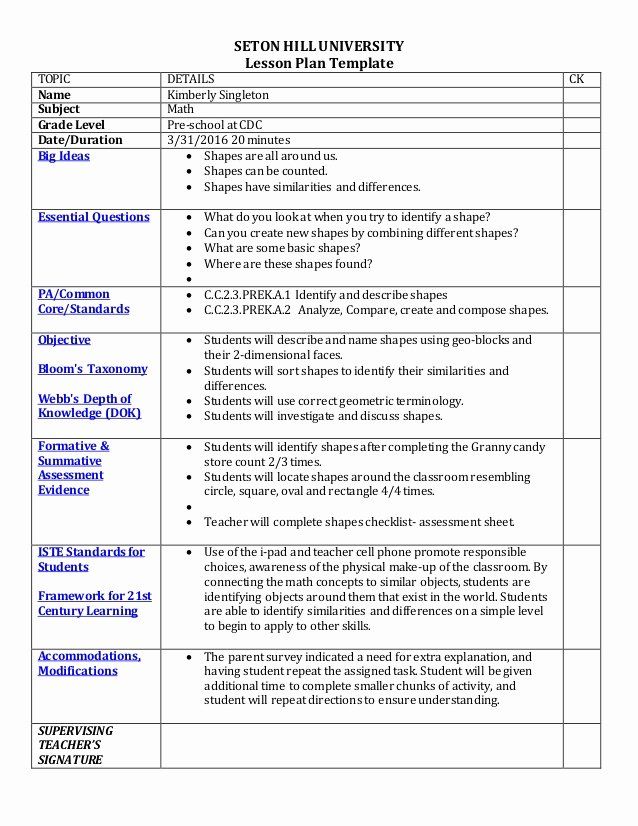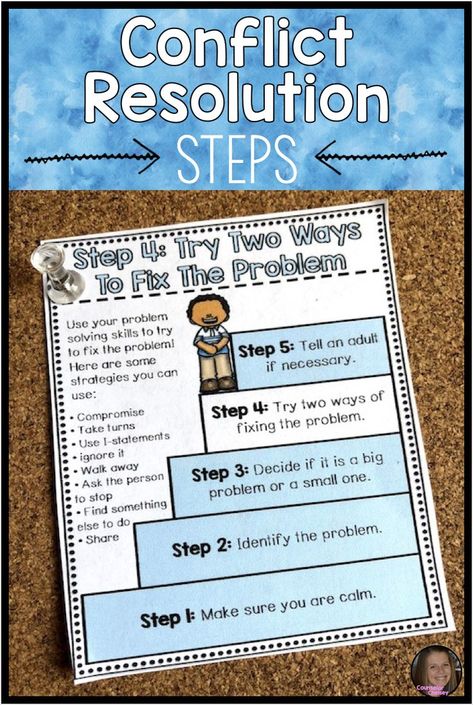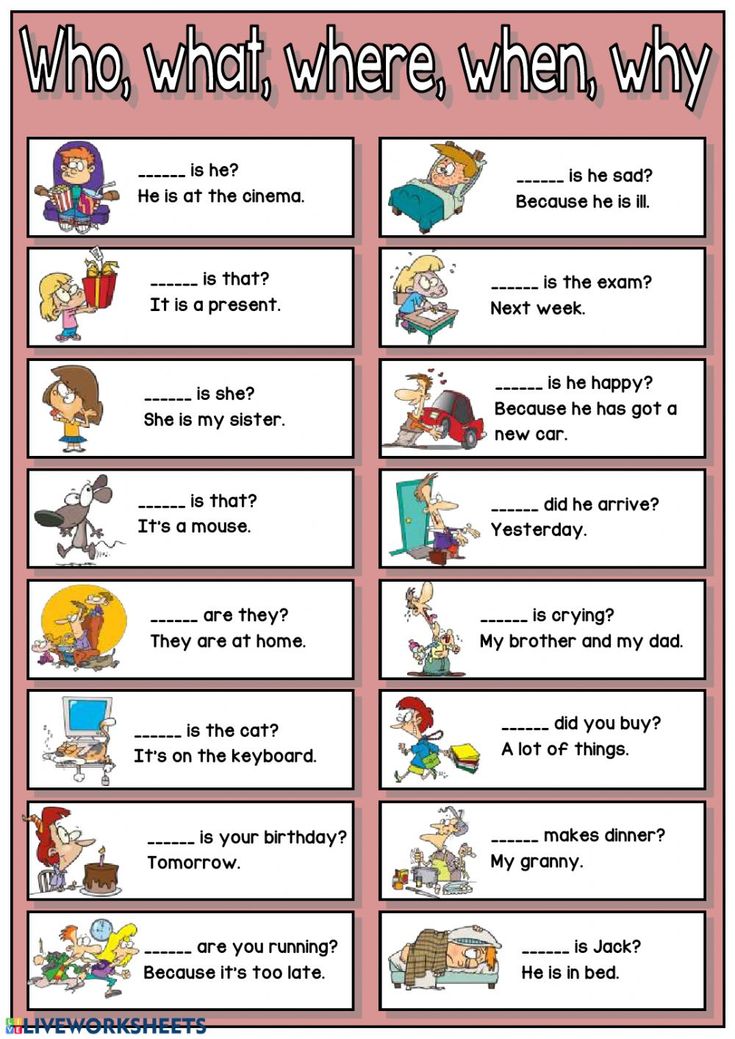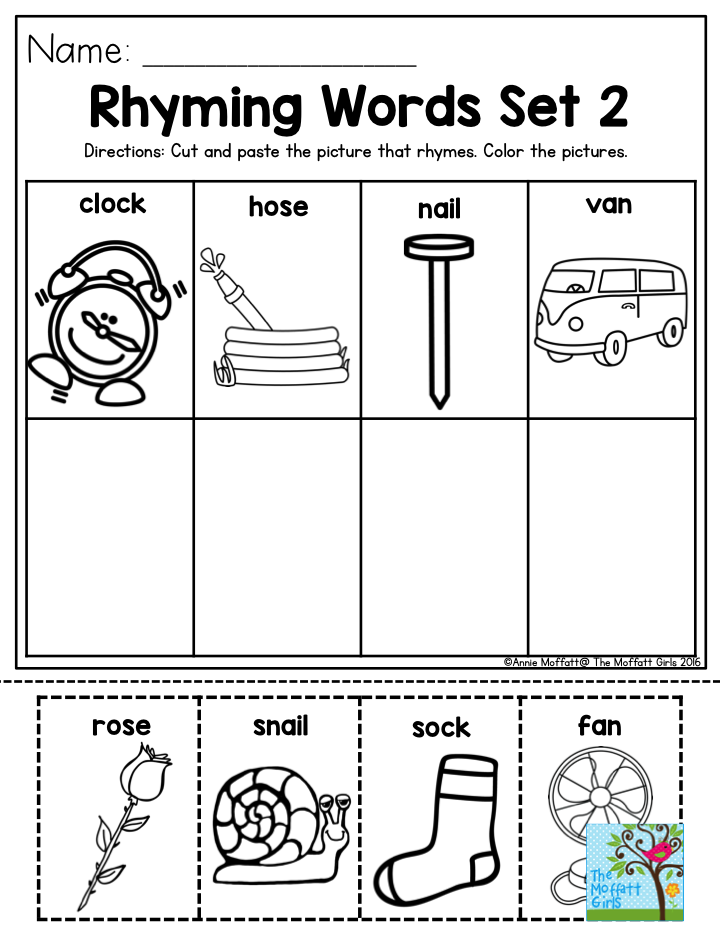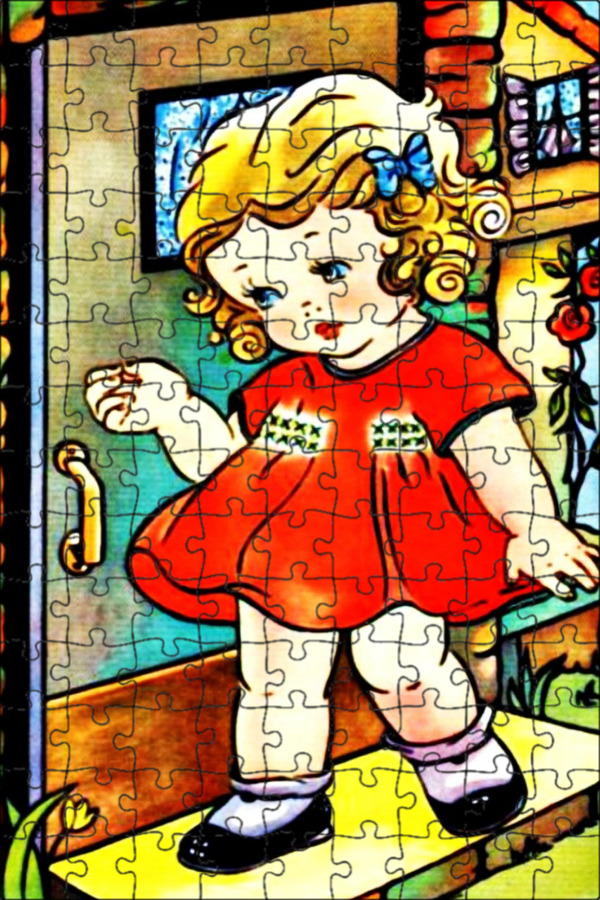How to help your child read at grade level
Teaching children to read isn’t easy. How do kids actually learn to read?
A student in a Mississippi elementary school reads a book in class. Research shows young children need explicit, systematic phonics instruction to learn how to read fluently. Credit: Terrell Clark for The Hechinger ReportTeaching kids to read isn’t easy; educators often feel strongly about what they think is the “right” way to teach this essential skill. Though teachers’ approaches may differ, the research is pretty clear on how best to help kids learn to read. Here’s what parents should look for in their children’s classroom.
How do kids actually learn how to read?
Research shows kids learn to read when they are able to identify letters or combinations of letters and connect those letters to sounds. There’s more to it, of course, like attaching meaning to words and phrases, but phonemic awareness (understanding sounds in spoken words) and an understanding of phonics (knowing that letters in print correspond to sounds) are the most basic first steps to becoming a reader.
If children can’t master phonics, they are more likely to struggle to read. That’s why researchers say explicit, systematic instruction in phonics is important: Teachers must lead students step by step through a specific sequence of letters and sounds. Kids who learn how to decode words can then apply that skill to more challenging words and ultimately read with fluency. Some kids may not need much help with phonics, especially as they get older, but experts say phonics instruction can be essential for young children and struggling readers “We don’t know how much phonics each kid needs,” said Anders Rasmussen, principal of Wood Road Elementary School in Ballston Spa, New York, who recently led the transformation of his schools’ reading program to a research-based, structured approach. “But we know no kid is hurt by getting too much of it.”
How should your child’s school teach reading?
Timothy Shanahan, a professor emeritus at the University of Illinois at Chicago and an expert on reading instruction, said phonics are important in kindergarten through second grade and phonemic awareness should be explicitly taught in kindergarten and first grade. This view has been underscored by experts in recent years as the debate over reading instruction has intensified. But teaching kids how to read should include more than phonics, said Shanahan. They should also be exposed to oral reading, reading comprehension and writing.
This view has been underscored by experts in recent years as the debate over reading instruction has intensified. But teaching kids how to read should include more than phonics, said Shanahan. They should also be exposed to oral reading, reading comprehension and writing.
The wars over how to teach reading are back. Here’s the four things you need to know.
Wiley Blevins, an author and expert on phonics, said a good test parents can use to determine whether a child is receiving research-based reading instruction is to ask their child’s teacher how reading is taught. “They should be able to tell you something more than ‘by reading lots of books’ and ‘developing a love of reading.’ ” Blevins said. Along with time dedicated to teaching phonics, Blevins said children should participate in read-alouds with their teacher to build vocabulary and content knowledge. “These read-alouds must involve interactive conversations to engage students in thinking about the content and using the vocabulary,” he said. “Too often, when time is limited, the daily read-alouds are the first thing left out of the reading time. We undervalue its impact on reading growth and must change that.”
“Too often, when time is limited, the daily read-alouds are the first thing left out of the reading time. We undervalue its impact on reading growth and must change that.”
Rasmussen’s school uses a structured approach: Children receive lessons in phonemic awareness, phonics, pre-writing and writing, vocabulary and repeated readings. Research shows this type of “systematic and intensive” approach in several aspects of literacy can turn children who struggle to read into average or above-average readers.
What should schools avoid when teaching reading?
Educators and experts say kids should be encouraged to sound out words, instead of guessing. “We really want to make sure that no kid is guessing,” Rasmussen said. “You really want … your own kid sounding out words and blending words from the earliest level on.” That means children are not told to guess an unfamiliar word by looking at a picture in the book, for example. As children encounter more challenging texts in later grades, avoiding reliance on visual cues also supports fluent reading.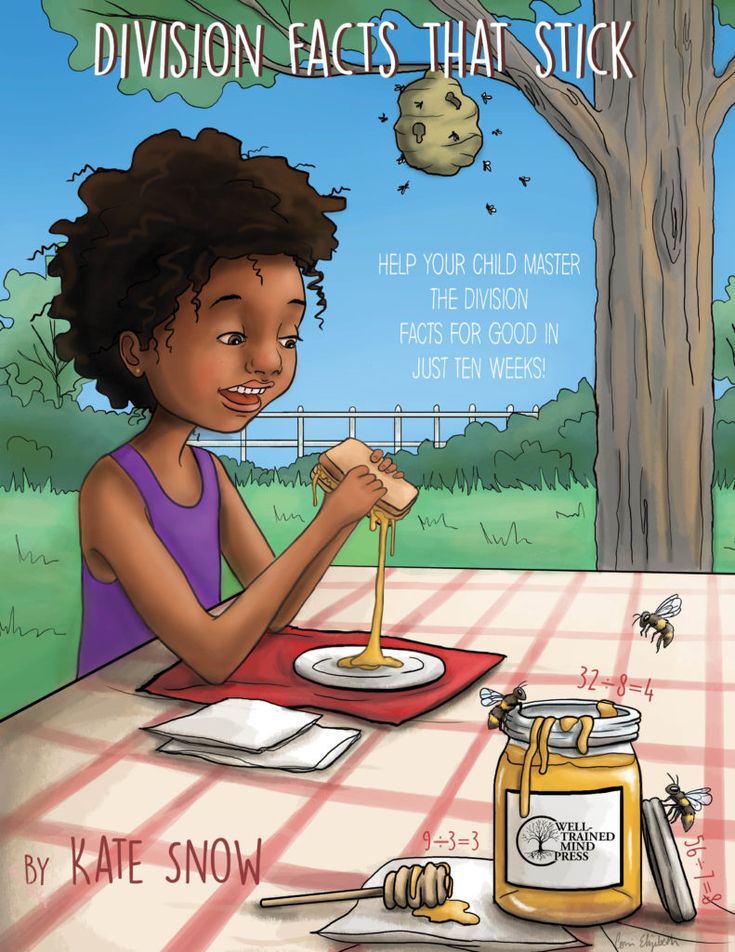 “When they get to ninth grade and they have to read “Of Mice and Men,” there are no picture cues,” Rasmussen said.
“When they get to ninth grade and they have to read “Of Mice and Men,” there are no picture cues,” Rasmussen said.
Related: Teacher Voice: We need phonics, along with other supports, for reading
Blevins and Shanahan caution against organizing books by different reading levels and keeping students at one level until they read with enough fluency to move up to the next level. Although many people may think keeping students at one level will help prevent them from getting frustrated and discouraged by difficult texts, research shows that students actually learn more when they are challenged by reading materials.
Blevins said reliance on “leveled books” can contribute to “a bad habit in readers.” Because students can’t sound out many of the words, they rely on memorizing repeated words and sentence patterns, or on using picture clues to guess words. Rasmussen said making kids stick with one reading level — and, especially, consistently giving some kids texts that are below grade level, rather than giving them supports to bring them to grade level — can also lead to larger gaps in reading ability.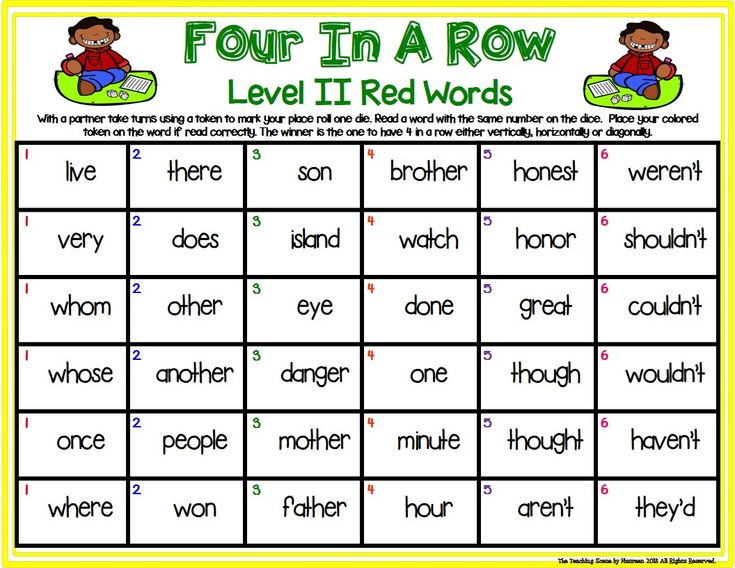
How do I know if a reading curriculum is effective?
Some reading curricula cover more aspects of literacy than others. While almost all programs have some research-based components, the structure of a program can make a big difference, said Rasmussen. Watching children read is the best way to tell if they are receiving proper instruction — explicit, systematic instruction in phonics to establish a foundation for reading, coupled with the use of grade-level texts, offered to all kids.
Parents who are curious about what’s included in the curriculum in their child’s classroom can find sources online, like a chart included in an article by Readingrockets.org which summarizes the various aspects of literacy, including phonics, writing and comprehension strategies, in some of the most popular reading curricula.
Blevins also suggested some questions parents can ask their child’s teacher:
- What is your phonics scope and sequence?
“If research-based, the curriculum must have a clearly defined phonics scope and sequence that serves as the spine of the instruction.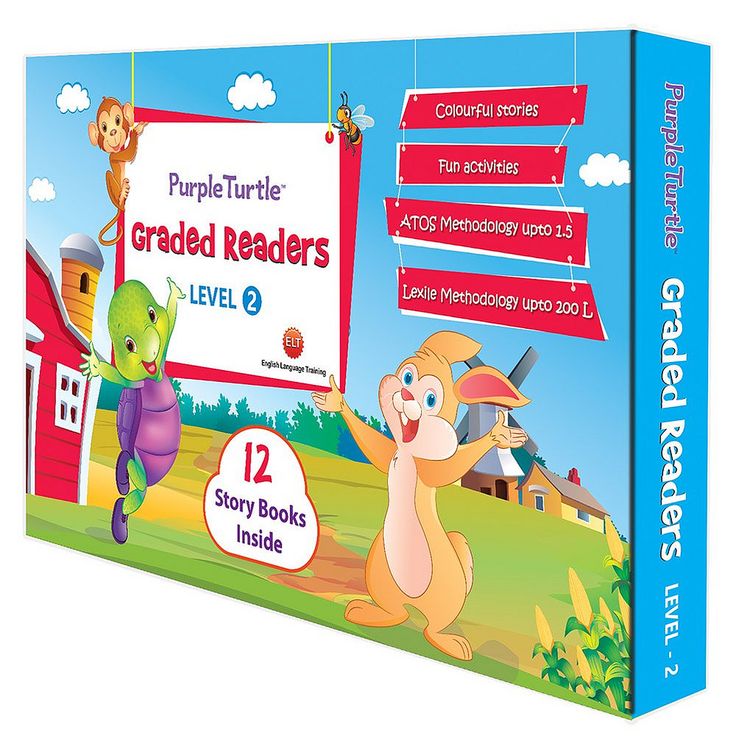 ” Blevins said.
” Blevins said.
- Do you have decodable readers (short books with words composed of the letters and sounds students are learning) to practice phonics?
“If no decodable or phonics readers are used, students are unlikely to get the amount of practice and application to get to mastery so they can then transfer these skills to all reading and writing experiences,” Blevins said. “If teachers say they are using leveled books, ask how many words can students sound out based on the phonics skills (teachers) have taught … Can these words be fully sounded out based on the phonics skills you taught or are children only using pieces of the word? They should be fully sounding out the words — not using just the first or first and last letters and guessing at the rest.”
- What are you doing to build students’ vocabulary and background knowledge? How frequent is this instruction? How much time is spent each day doing this?
“It should be a lot,” Blevins said, “and much of it happens during read-alouds, especially informational texts, and science and social studies lessons. ”
”
- Is the research used to support your reading curriculum just about the actual materials, or does it draw from a larger body of research on how children learn to read? How does it connect to the science of reading?
Teachers should be able to answer these questions, said Blevins.
What should I do if my child isn’t progressing in reading?
When a child isn’t progressing, Blevins said, the key is to find out why. “Is it a learning challenge or is your child a curriculum casualty? This is a tough one.” Blevins suggested that parents of kindergarteners and first graders ask their child’s school to test the child’s phonemic awareness, phonics and fluency.
Parents of older children should ask for a test of vocabulary. “These tests will locate some underlying issues as to why your child is struggling reading and understanding what they read,” Blevins said. “Once underlying issues are found, they can be systematically addressed.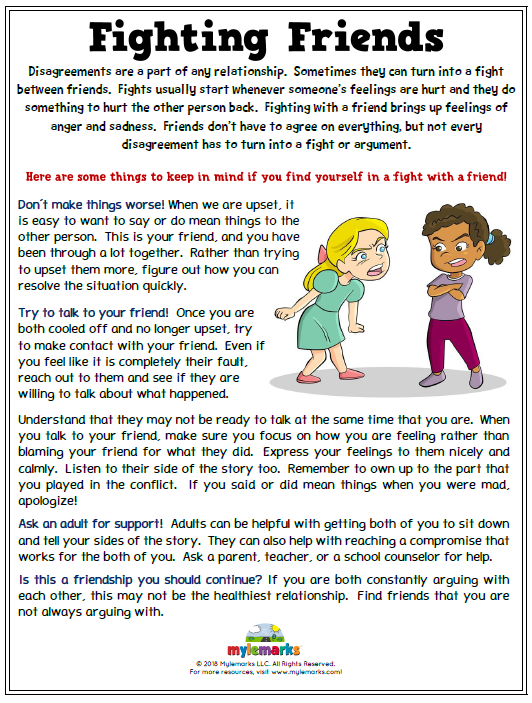 ”
”
“We don’t know how much phonics each kid needs. But we know no kid is hurt by getting too much of it.”
Anders Rasmussen, principal of Wood Road Elementary School in Ballston Spa, New York
Rasmussen recommended parents work with their school if they are concerned about their children’s progress. By sitting and reading with their children, parents can see the kind of literacy instruction the kids are receiving. If children are trying to guess based on pictures, parents can talk to teachers about increasing phonics instruction.
“Teachers aren’t there doing necessarily bad things or disadvantaging kids purposefully or willfully,” Rasmussen said. “You have many great reading teachers using some effective strategies and some ineffective strategies.”
What can parents do at home to help their children learn to read?
Parents want to help their kids learn how to read but don’t want to push them to the point where they hate reading.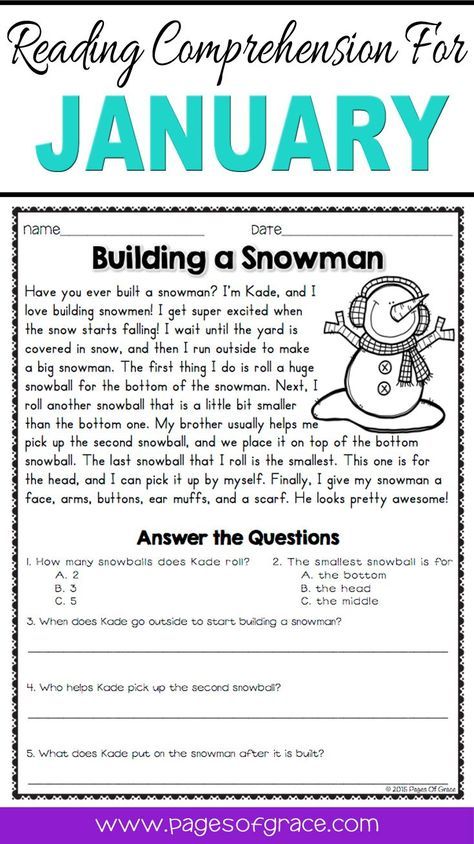 “Parents at home can fall into the trap of thinking this is about drilling their kid,” said Cindy Jiban, a former educator and current principal academic lead at NWEA, a research-based non-profit focused on assessments and professional learning opportunities. “This is unfortunate,” Jiban said. “It sets up a parent-child interaction that makes it, ‘Ugh, there’s this thing that’s not fun.’” Instead, Jiban advises making decoding playful. Here are some ideas:
“Parents at home can fall into the trap of thinking this is about drilling their kid,” said Cindy Jiban, a former educator and current principal academic lead at NWEA, a research-based non-profit focused on assessments and professional learning opportunities. “This is unfortunate,” Jiban said. “It sets up a parent-child interaction that makes it, ‘Ugh, there’s this thing that’s not fun.’” Instead, Jiban advises making decoding playful. Here are some ideas:
- Challenge kids to find everything in the house that starts with a specific sound.
- Stretch out one word in a sentence. Ask your child to “pass the salt” but say the individual sounds in the word “salt” instead of the word itself.
- Ask your child to figure out what every family member’s name would be if it started with a “b” sound.
- Sing that annoying “Banana fana fo fanna song.” Jiban said that kind of playful activity can actually help a kid think about the sounds that correspond with letters even if they’re not looking at a letter right in front of them.

- Read your child’s favorite book over and over again. For books that children know well, Jiban suggests that children use their finger to follow along as each word is read. Parents can do the same, or come up with another strategy to help kids follow which words they’re reading on a page.
Giving a child diverse experiences that seem to have nothing to do with reading can also help a child’s reading ability. By having a variety of experiences, Rasmussen said, children will be able to apply their own knowledge to better comprehend texts about various topics.
This story about teaching children to read was produced by The Hechinger Report, a nonprofit, independent news organization focused on inequality and innovation in education. Sign up for Hechinger’s newsletter.
The Hechinger Report provides in-depth, fact-based, unbiased reporting on education that is free to all readers. But that doesn't mean it's free to produce.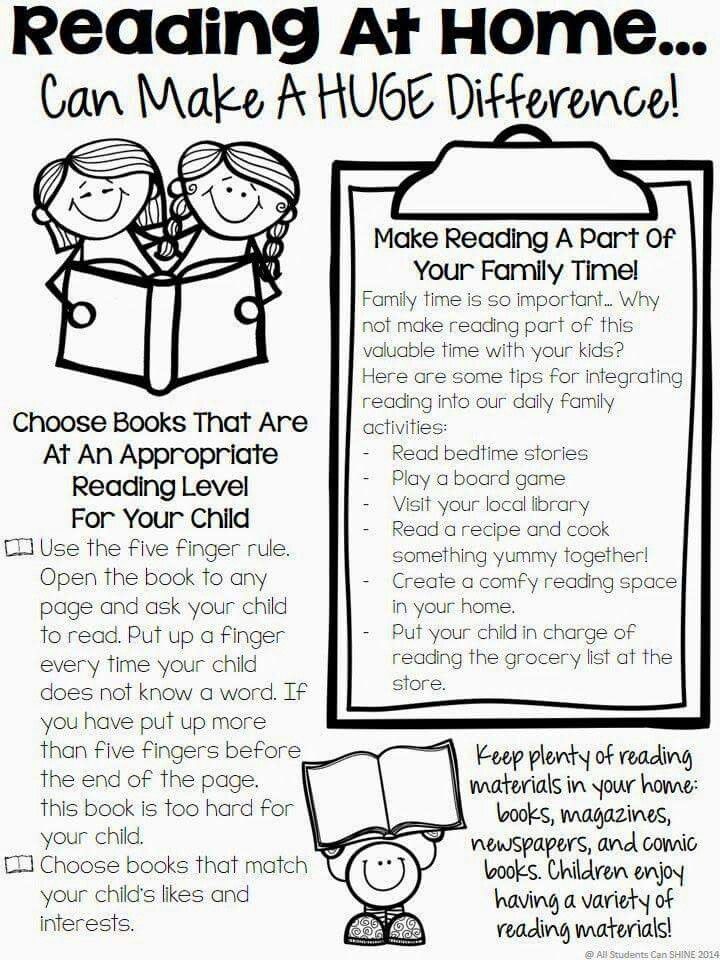 Our work keeps educators and the public informed about pressing issues at schools and on campuses throughout the country. We tell the whole story, even when the details are inconvenient. Help us keep doing that.
Our work keeps educators and the public informed about pressing issues at schools and on campuses throughout the country. We tell the whole story, even when the details are inconvenient. Help us keep doing that.
Join us today.
How To Determine Your Child’s Reading Level And Choose The Best Books
When you sit down to read a book, you want to enjoy the story in front of you. The same is true for your child. That’s why uncovering your child’s reading level is an important step in fostering their love of words from a young age!
Consider the different factors that allow kids to enjoy the books they read. For example, does it tie into their interests, and is it slated as an appropriate option for their level? By answering these questions, you can make sure they’re reading books that are just right for them!
If your child is in school, you’re probably no stranger to jargon like “reading level.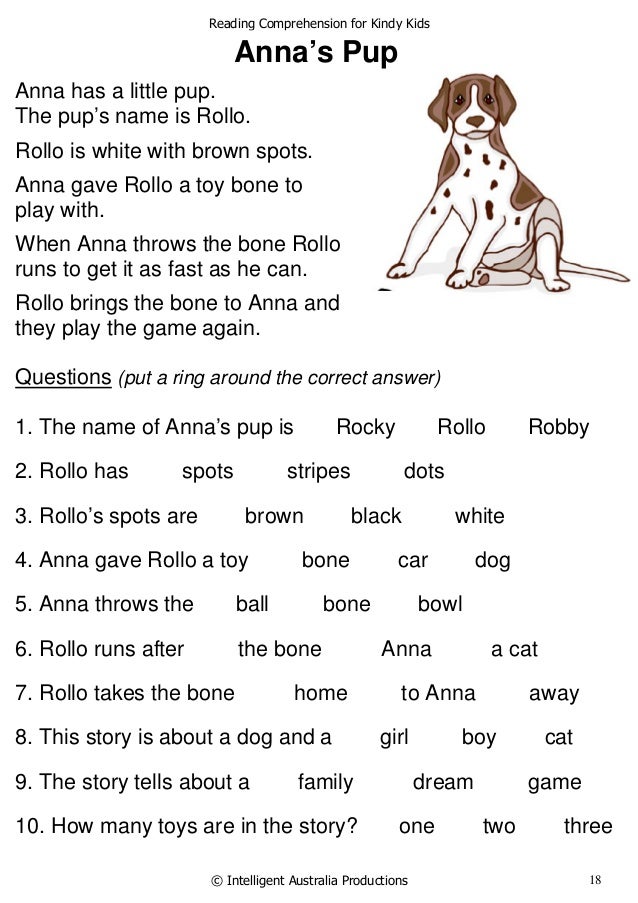 ” But what exactly does Lexile Framework, Guided Reading Levels (GRL), or Developmental Reading Assessment (DRA) actually mean?
” But what exactly does Lexile Framework, Guided Reading Levels (GRL), or Developmental Reading Assessment (DRA) actually mean?
Additionally, if your child is just starting to read on their own (or already reading independently) and is learning from home, how can you figure out what reading level is right for them? If any of these thoughts have crossed your mind, you’ve come to the right place.
We’re here to answer your questions so you and your child can sit down and enjoy a good book together!
What Is A Reading Level?
A reading level is simply a measure of your child’s ability to read text. It reflects how well your little one can read independently. Importantly, reading levels help you choose books that are a good match for your child while still presenting a challenge.
Keep in mind these levels are meant to be helpful, not stressful. They don’t limit your child, but, rather, help them blossom into a fluent, excited reader.
When your child reads books that are appropriate for their current reading level, it boosts their confidence so they can truly enjoy reading! Also, knowing what level your child is at allows you to work with them to improve their skills.
That being said, it’s important to remember that children are unique and develop differently. Comparing your child to their peers isn’t necessarily the best approach when trying to assess their reading ability.
Why Is Determining Reading Level Important?
It’s helpful to determine your child’s reading level so you can find books that are appropriate for them to read on their own: not too difficult but challenging enough to encourage growth.
Reading level classification is a convenient tool you can use when searching online or at the library. And when you provide books that are on your child’s level, you create excitement and build their confidence, which can lead to a lifetime love of learning and reading!
If you’re looking for ways to help your little one read at the best level for them, Our new app HOMER Learn & Grow has a Stories section that gives age-appropriate story recommendations!
This is a great resource that takes your child’s specific interests and recommends stories just for them. What’s more, your child can choose to read along or read on their own.
What’s more, your child can choose to read along or read on their own.
How Is Your Child’s Reading Level Measured?
Your child’s reading level is usually measured at their school in first or second grade, and we’ll show you how that’s done. Here’s a tip: since your child’s teacher knows their reading level, consider asking the teacher (or the school librarian) for books your child can read at home.
Don’t worry if your child isn’t in school yet or if they’re homeschooled. We’ll show you how you can measure their reading level at home, too!
Before we dive in, it’s important to note that we think of books for kids at three levels: independent reading, instructional reading, and frustrating to read.
As the names indicate, independent reading books are ones a child can read with ease and without support from an adult.
Instructional ones are the books just above independent that teachers might use to stretch a child’s reading as they offer support while the child makes that next step. Finally, frustrating books are too hard for a child to read even with adult guidance.
Finally, frustrating books are too hard for a child to read even with adult guidance.
Now that you have an idea of how to think of the different books your child might encounter, let’s talk about the tools used for determining or describing reading levels.
Lexile Framework For Reading
Lexile Framework For Reading is an educational tool that ranks books by order of their difficulty using a scale called a Lexile. Usually, your child’s teacher will determine their Lexile reading level and then choose books that have a matching score.
The Lexile score, or measure, describes your child’s reading ability and matches them with books and other reading materials. This measure ranges anywhere from 0L to 2000L.
Kids are encouraged to read within their Lexile “range” — 50L above to 100L below their actual level. For instance, if your little one is reading with a Lexile measure of 500L, they would read books ranging anywhere from 400L to 550L.
Using standardized assessments, schools will often measure a child’s reading level several times a year to help them select books that are appropriate for independent reading.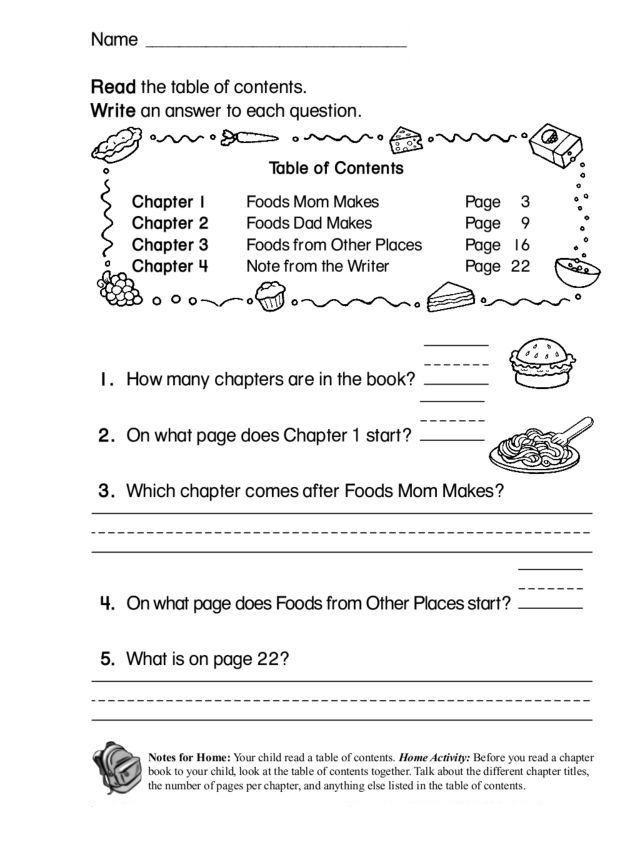
Guided Reading Levels (GRL)
GRL is a guided reading system used in some schools.
To determine reading levels using GRL, children sit one-on-one with their teacher and read from a book that’s considered standard for their grade level — a “benchmark” book. GRL books range from A to Z with A being the easiest.
While reading these books, the teacher will take notes on any missed words and ask comprehension questions, such as, “When did the story take place?” or, “What was the problem in the story?”.
Through guided instruction, the teacher will gradually move children into more difficult books.
Developmental Reading Assessment (DRA)
DRA is a standardized reading test given by teachers or reading specialists. As with GRL, children sit individually with the test administrator and read a book.
Several factors are taken into consideration to determine reading level, including:
- Reading comprehension
- Phonemic awareness
- Fluency
DRA books are labeled with an A for the easiest books and then move into a numerical grading system. The levels range from 1 to 80 with 1-3 representing a kindergarten reading level and 80 representing an eighth-grade reading level.
The levels range from 1 to 80 with 1-3 representing a kindergarten reading level and 80 representing an eighth-grade reading level.
Once a child has a DRA or a GRL level, a teacher or parent can search for the reading level of any particular book and can usually discover either the Lexile, DRA, or GRL of that particular text. Here’s a chart for your reference.
At-Home Reading Levels
If you’re looking for a way to find out your child’s reading level without using any of the methods listed above, you might try the five-finger rule.
For the five-finger rule, choose a book and flip to any page. If your child seems to have trouble reading more than five words on the page, it’s a good indicator that the book is too advanced for them.
To be sure, though, you can have your child try another page, especially if they seem eager to read a particular book.
This can be a helpful strategy, but it’s OK to let your child try a book and see how the reading goes.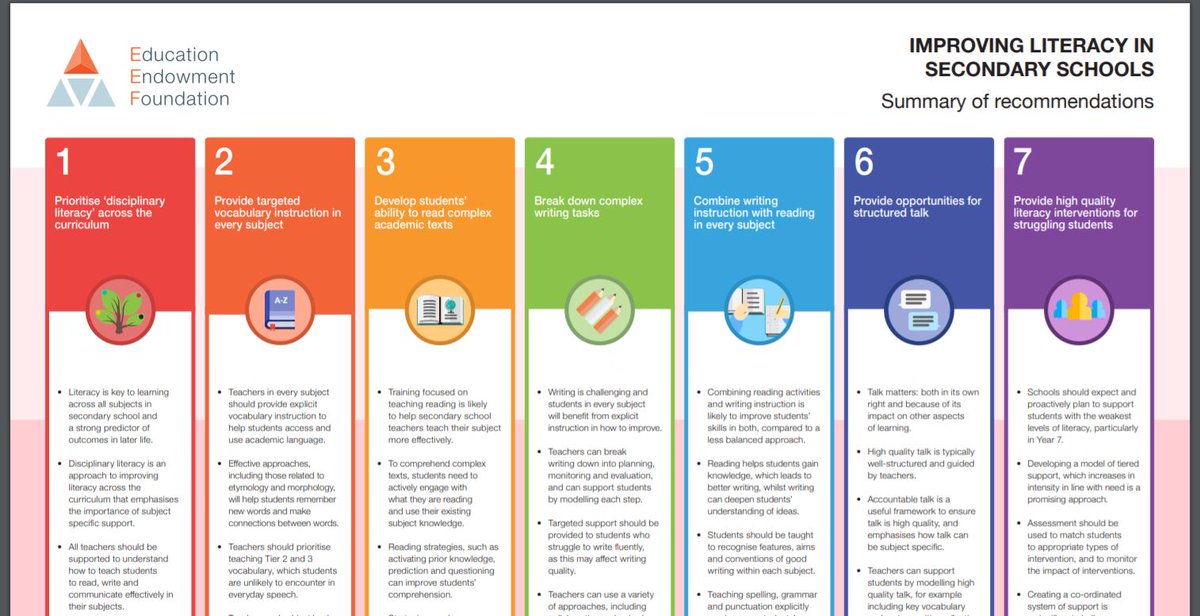 If a book is too hard, most kids will figure that out — and there is nothing wrong with reading books that are too easy!
If a book is too hard, most kids will figure that out — and there is nothing wrong with reading books that are too easy!
Sometimes a child may be interested in a book that’s a little too hard for them. If this happens, we encourage you to read aloud to your child. You can also read together by alternating pages, paragraphs, or sentences.
It’s important not to completely avoid books that may be a little above your child’s reading level.
Even if your child struggles a bit to read them without assistance, these books can still be beneficial in helping build their vocabulary, improve comprehension, and increase general knowledge — not to mention, encourage their love of reading!
When your emerging reader seems overwhelmed by one book, you can always give the five-finger rule a try with other books until you find the right match. And if your child is particularly interested in a topic, you can always read the book to them and stop on words you know they can read.
Also remember that when a child is really enjoying a book and highly motivated to read it, they will read at a higher level than if the material is not as interesting to them.
Tip: Most libraries and bookstores have books arranged by reading level so you can easily choose the best one for your emerging reader!
Feel free to ask librarians and knowledgeable staff at bookstores to offer suggestions. You could even say something like, “My child happily read a Clifford book; can you suggest others at the same level?”
How To Help Your Child Become A Stronger Reader
As we mentioned earlier, you can easily determine your child’s reading level at home so that you can help them choose books that are just right! We suggest incorporating some of the tips below to help your child become a stronger reader.
Start With Clues
- Is your child using “sounding out” techniques to figure out unknown words?
- When your child reads, are they getting tripped up by sight words — common words that are hard to sound out?
- Is your child using pictures to help them understand what is written on the page?
- Is your child using context clues to figure out what word makes sense to come next as they read sentences?
Check Vocabulary
- Play games with your child to see what words they know.
 For example, say a sentence and point out one word in the sentence. Then ask them if they can come up with a different word (synonym).
For example, say a sentence and point out one word in the sentence. Then ask them if they can come up with a different word (synonym). - Play synonym games to see what words your child knows. For example, challenge yourselves to think of 10 or more ways to describe speaking (shout, whisper, mumble).
While you’re talking with your child, describe something specific from your day. Make sure to use interesting adjectives, and don’t hold back from using sophisticated vocabulary when talking with your child.
You can help your child’s vocabulary grow through day-to-day conversations and activities!
Ask Comprehension Questions
Understanding what they read is an important part of your child’s reading journey.
- To check for reading comprehension, we suggest pausing every other page to talk about what you’ve just read. Make this a natural reaction to the story, like you’re thinking aloud about the story or characters, so that it doesn’t feel like a test.
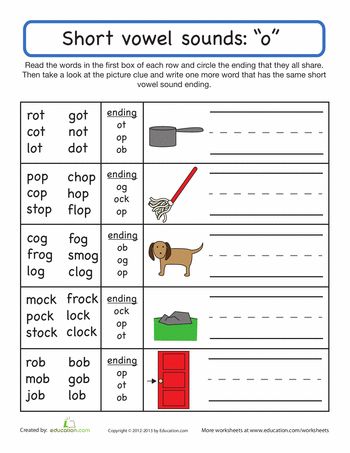
- Consider encouraging your child to act out and retell the story (for younger children).
- Try discussing themes/lessons with your child (for older children). Remember: this isn’t a test, but a conversation between book lovers!
Talk To Your Child
When most people implement strategies to help their children improve their reading skills, they often forget about the importance of verbal communication. It’s essential to talk to your child frequently in short and simple sentences.
This includes singing songs, telling them wonderful stories, reciting fun nursery rhymes, and describing the world around them. All of this exposes children to lots of different words. It also helps them learn that language is a powerful tool for communication.
Discover Your Child’s Favorite Books
- Children often choose books that are a little below their actual reading level. At home, this is a good thing. It keeps reading fun and exciting!
- We recommend choosing books that interest your child — with a certain character or activity they like — so they’re curious and excited about reading.
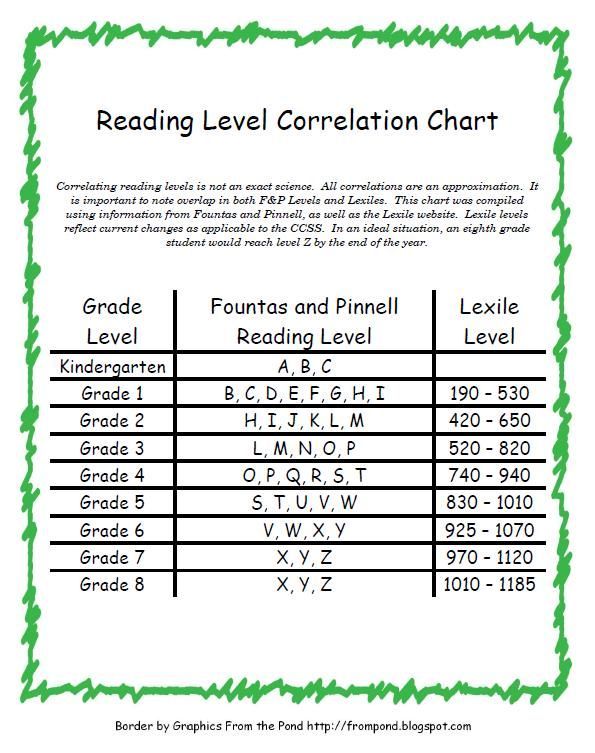
Reading books your child enjoys together can encourage their love of reading. And letting them read those same books to you can boost their confidence over time.
Together, these two activities increase your child’s fluency and reading enjoyment!
Create A Reading Corner
Establishing a reading corner in your house can benefit your child. The setup doesn’t need to be elaborate. This can be a simple, quiet, private area where your child can confidently read independently or with you.
It’s also great for the spot to be well-lit and filled with lots of books your child enjoys reading.
Is Reading The Same Book Over And Over OK?
Just like you might pick up an old favorite book to read, your child may do the same, and that’s OK! At least you know they’re enjoying a good book and the process of reading!
Rereading books can have many benefits for a child, including:
It allows children to get more from the text. Have you ever developed a deeper understanding of a story after rereading it? That’s because the more you engage with a story, the more you can take away from it.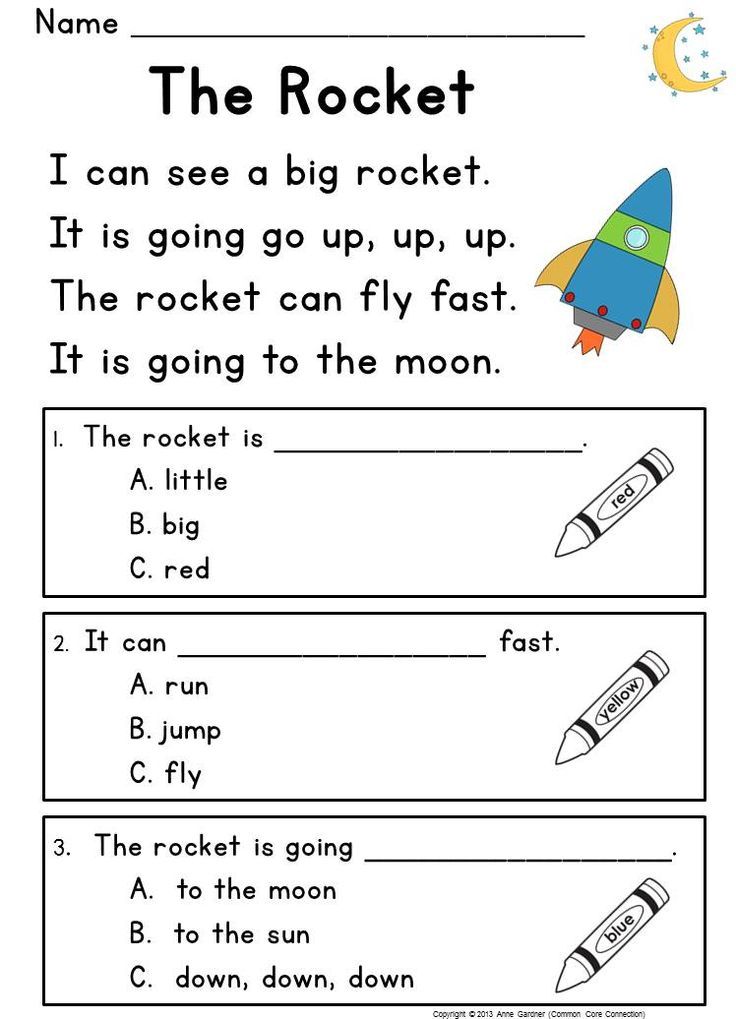
You can pick up on new information, establish connections between yourself and some of the characters, and even improve your understanding of the overall story.
Similarly, allowing your child to read their favorite books for the second, third, fourth (or more) time will enable them to get more from the story.
It also allows for bonding. Did you know that rereading books can help bring your family closer together?
Many of us remember a couple of books that our family read together regularly. This can be a holiday book or a favorite story. Rereading is a great way to get the whole family involved, as everyone can take turns reading and connecting on the same story.
What’s more, reading familiar books can actually help develop a young reader’s fluency. It allows them to learn the words and helps them become familiar with narrative structure or storylines (i.e. beginning, middle, and end), which builds reading comprehension later on.
So feel free to let your child choose the same book over and over!
FAQs About Reading Levels
What Reading Level Should My Child Be In Each Grade?
It’s challenging to answer this question because each child is different and will naturally develop at their own pace. For example, just because your child’s friend has started reading fluently doesn’t mean your child will be able to do that yet.
For example, just because your child’s friend has started reading fluently doesn’t mean your child will be able to do that yet.
While no parent wants their own child to be a little behind compared to their peers, putting too much pressure on them to “catch up” might actually have an adverse effect. In fact, they might feel overwhelmed by the pressure and develop a negative attitude toward reading.
It’s also important to note that there’s no direct link between a certain Lexile measure and a specific grade level. When using any of the reading level measures we mentioned, remember that they are an estimate of a child’s performance and shouldn’t be interpreted literally.
Also, if you’re really concerned about your young learner’s development, you can always address those concerns with their teacher or another professional. They can offer tips and advice on how to best work with your child.
Finally, remember to be patient and positive no matter what. With lots of time and effort, your child will develop a lifetime love of reading!
Who Can Help Me Choose Books That Match My Child’s Reading Level?
The best place to start is to consult your child’s teacher.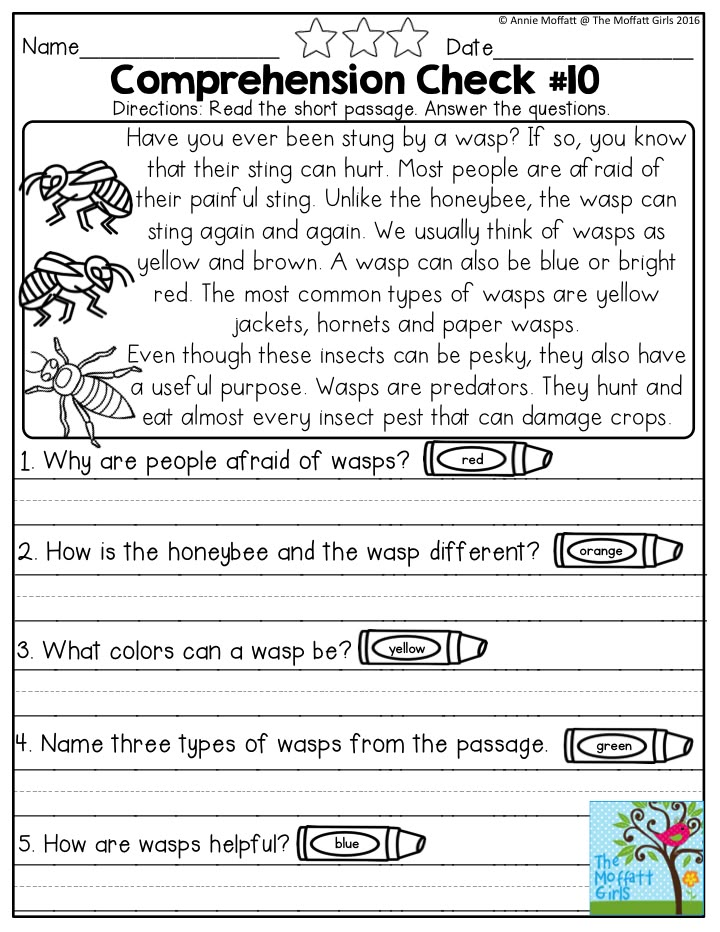 They will have the expertise to guide you in buying the right books for your child.
They will have the expertise to guide you in buying the right books for your child.
It’s also possible for you to look up most books online and find their reading levels. Furthermore, for beginner readers, there are publishers who label books in stages with age and/or grade suggestions attached.
If you’re homeschooling, you can also reach out to your local librarian or bookstores. As people who spend each day surrounded by books, they often have knowledge on this topic and may be able to recommend a few relevant books in your child’s reading level.
What If My Child Is Reading At A Lower Level?
The last thing a parent wants to hear is that their child’s reading level isn’t on par with their peers. But what can you do if, from the assessment used at your child’s school, you find out that your young learner is reading below the average grade level?
Firstly, it’s important not to panic. As mentioned earlier, kids develop reading skills at different stages of their development.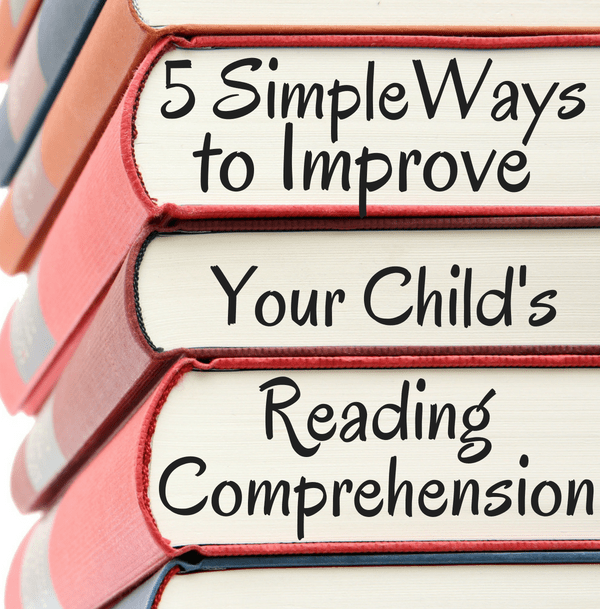 Some children might be early readers, while others may take time to get there.
Some children might be early readers, while others may take time to get there.
The most effective way to help your child improve their reading level is by continuing to encourage reading at home. While reading, remember to discuss the content to ensure comprehension.
Reading For Fun
From assessments to the five-finger rule, determining reading levels varies across the board. No matter which method you choose, remember these measurements are meant to be helpful and encouraging, not stressful and limiting.
Keep this in mind when assessing your young learner. You don’t want your child to sense any stress about their abilities, as this might overwhelm them and have an adverse effect on how they view reading.
While reading is an essential early learning (and lifelong) skill, you want your child to LOVE reading and not only view it as a test of their intelligence.
At the end of the day, the way reading makes your child feel is more important than their reading level. Each child learns in a way that’s special and unique to them.
Each child learns in a way that’s special and unique to them.
The HOMER Road To Reading
The road to discovering how to read can be a fun ride, but sometimes it’s bumpy. This is why we’re more than a learning program. We’re your learning partner.
If you’re looking for a resource to help develop your child’s love of reading and learning, consider taking a look at the HOMER Learn & Grow app. It’s full of stories curated based on your child’s interests!
When your child develops a love for reading, they’ll move up to the next level before you can say “Developmental Reading Assessment”!
Author
How to teach your child to read fast: 12 simple life hacks
How do parents usually read with their children? "Sit down and read! Until you read 5 pages, you won't get a phone." This, of course, is also a way, but there are more reliable methods. Our blogger, future primary school teacher Katya Khasanova spoke about them.
Reading is one of the most problematic school subjects. The level of reading literacy of schoolchildren, unfortunately, is declining. For a person to read well, one needs reading comprehension, good reading technique and, of course, an interest in the book. In this article, I offer a selection of interesting and innovative methods of teaching reading that can help solve the problem from different angles at different stages of elementary school.
I must say right away: I do not offer speed reading methods, since it has been scientifically and in practice by many teachers that speed reading in elementary grades harms rather than helps.
1. Insert
Text analysis is the most difficult and basic skill to learn in elementary school. The "Insert" technique allows using a special simple algorithm, convenient for children and teachers, to assess their attitude to the work, the amount of their knowledge, the level of understanding of the text.
Insert is an abbreviation, it is translated from English as "interactive cognitive system for effective reading and thinking. " It works like this: the child reads the text and puts icons in front of each line with a pencil:
" It works like this: the child reads the text and puts icons in front of each line with a pencil:
+ - I know this
N - this is new information
- - I did not know about this 9002
- this information should be clarified with the teacherThis is the first stage. The second is the compilation of a table in which the child summarizes what he understands, what he learned new, and what information turned out to be completely incomprehensible.
When working with this technique, it is important to consider several factors:
- Start with small texts - children should remember the icons and learn how to use them.
- At first, theses can be spoken orally - so that everyone in the class understands what and what sign it refers to.
- It is necessary to discuss the tables in columns: first - what everyone understood, then - what remained incomprehensible, and so on.
- In the beginning, you can make the table simpler - "I know", "I'm interested", "I found out".

- Tables can be filled out not only individually, but also in pairs and in groups.
2. Reading snake
During kindergarten or 1st grade, children may not understand the meaning of what they read. The Reading Snake helps to overcome this difficulty - here, as in dominoes, you need to substitute an illustration that is necessary in meaning to the “tail”. For example, on one piece of paper it is written: “The boy is reading a book”, and the child needs to choose a picture.
3. Imagination in nature
What do clouds, trees, stones look like? It would seem that these are very simple questions, but they help develop imagination, emotional intelligence, and, above all, literary speech and vocabulary. Most importantly, this exercise can be done at any time, just walking in the park or even on the way to school.
4. "Crossense"
Visual associations, logical thinking and semantic relationships - all this develops the "Crossense" method. The main task is to guess the encrypted work or literary hero from a group of photographs.
The main task is to guess the encrypted work or literary hero from a group of photographs.
5. Visual dictation
We look at a short text or sentences, read and repeat to ourselves several times. And then we write. Thus, we develop visual memory and attention. The easiest dictation for a child in the beginning:
- The snow is melting.
- It's raining.
- The sky is gloomy.
- Kolya fell ill.
- Birds sang.
- The field is empty.
6. Speech circle
It is not easy for children to get correct declensions of words. The speech circle will help you learn how to form words correctly. How it works? We substitute words into various phrases, clearly pronounce the endings, and expand our vocabulary and horizons. For example, the theme is fruits. Write fruits in a circle, and in the corners - the phrases "the caterpillar is crawling towards ...", "I like popsicles with ...", "cut off a piece from . ..", "is there a bone in ...". And let the child substitute for each phrase: banana, apple, orange, grapes.
..", "is there a bone in ...". And let the child substitute for each phrase: banana, apple, orange, grapes.
7. Literary trailer
What do we do when we choose a movie to watch? Of course, watch the trailer for the film - thanks to this, we have interest and motivation to watch it. The same can be done in literary reading lessons: a short exciting story that the teacher came up with at leisure, with the most interesting moments of the work to be read, motivates children for further work.
8. Literary flip-charts
Look at this funny illustration for I. A. Krylov's fable "The Crow and the Fox". By turning the picture over, you can immediately find out how the fable will end, and before reading on the basis of the flipper, think about who the main characters are and what the plot is. So, of course, it is more interesting to read.
9. Confusion of letters
Below is an example of a poem with mixed letters. Children love humorous poetry and error correction, and this exercise helps develop phonemic awareness, which is necessary for competent reading and writing:
A poem by N.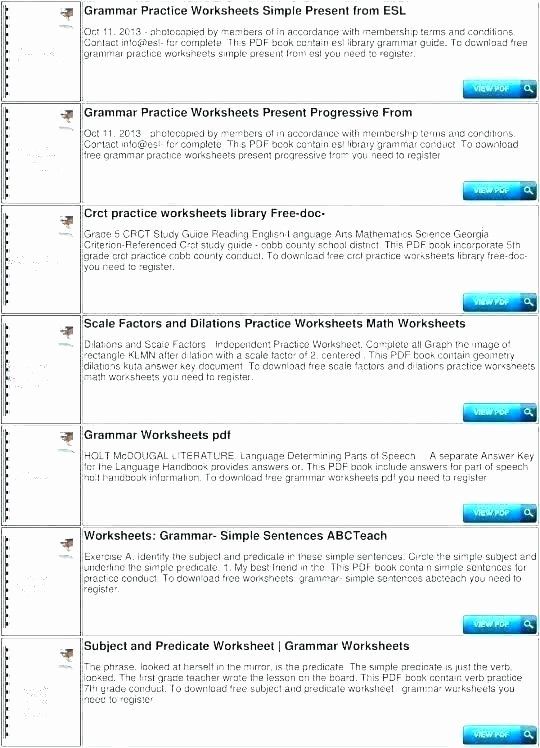 Matveyeva:
Matveyeva:
A bud is baked in the oven,
And a long loaf is put into the buttonhole,
A can crawls over the grass,
Milk flows into concrete,
Aton is on the construction site.
10. Syllable lift
At the stage of preschool and 1st grade, when children combine sounds into syllables, you can quickly and easily make a game with your own hands just like in the video. In this way, the tedious process of learning to read will become more interesting and dynamic.
11. Various fonts
Children often face a problem: as soon as the font changes, it immediately becomes more difficult to read, but in life we have to deal with texts that are completely different in design. Try to choose different books for your child, with different fonts, try writing the same text written in different ways. It is important for a child to learn to distinguish between different letters!
12. Collect sentences
Often in the 1st grade you can find the task: "Collect a sentence from words.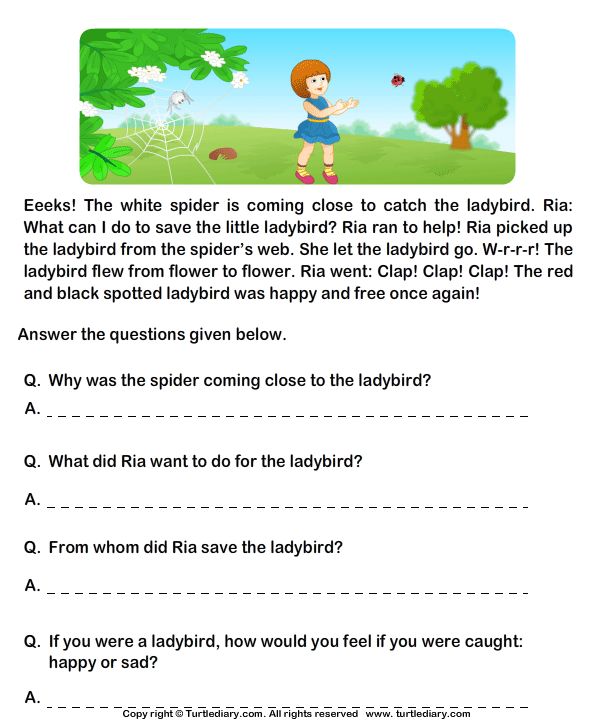 " It's pretty boring. But building a route to assemble a phrase like a puzzle is much more interesting. For example, the phrase "Predatory forest animals are looking for prey." Write down the words in different corners of the sheet and ask the child to indicate the correct order with arrows.
" It's pretty boring. But building a route to assemble a phrase like a puzzle is much more interesting. For example, the phrase "Predatory forest animals are looking for prey." Write down the words in different corners of the sheet and ask the child to indicate the correct order with arrows.
Ideas collected from VK groups:
- F00-F99
- Our Primary School/Preschool
- Reading with passion. Primary School
- Live learning. Self-education
- Preparing for school @anastasi_teacher
- Primary School
You are in the "Blogs" section. The opinion of the author may not coincide with the position of the editors.
Photo: Tatyana Vyc / shutterstock / fotodom
15 ways to teach your child to understand the text, memorize new things and be more attentive
Ask any student: "Can you read?" - and he will be surprised: "Of course I can." However, one can read in different ways, says Elena Illarionova, a methodologist and teacher of additional education at the Okhta Center for Children's and Youth Technical Creativity. As part of the program “City that learns. Digital Education" she has already held a webinar on this topic, and she told us about how to teach children to read well, thoughtfully and meaningfully.
As part of the program “City that learns. Digital Education" she has already held a webinar on this topic, and she told us about how to teach children to read well, thoughtfully and meaningfully.
What is effective reading and why is it needed?
This concept entered the lexicon of teachers not so long ago, but is gaining more and more popularity both at school and outside it. It is not by chance that effective reading is also called meaningful. This type of reading is most useful for a child, because it allows not only to mechanically retell the content of the text, but also to see the subtext, concept, details and analyze the information received.
Effective reading is a kind of good foundation for a child's quality education. This foundation, in turn, rests on three pillars: memory, speed and attention - and to build it, of course, some skills are needed. Such as reading without regression (returning eye movement to what has already been read) and articulation (movements of the lips or tongue when reading to oneself), expanding the field of vision and the ability to structure and memorize text.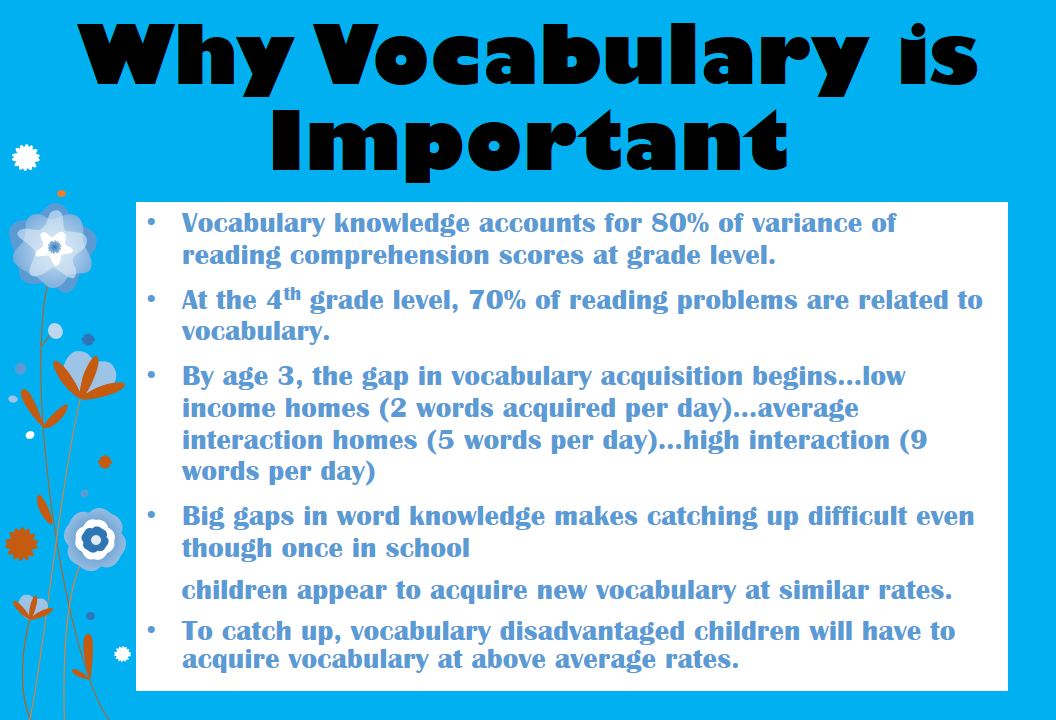
At the same time, it is important to remember that there may be a child in the class who, in principle, finds it difficult to read. If there is a student with dyslexia in your class, this problem can be overcome, the innate feature can be deceived. Some of the exercises presented may also help, but it is important to know the type of disorder and involve parents and a speech therapist in the work. It is also necessary to remember that each child has his own pace and capabilities and you need to focus on them.
In order to develop effective reading skills, there are a lot of exercises and rules that can be used by both the teacher in the classroom and the parent at home, and even the student on their own without the help of adults. These 15 methods will help you.
Shutterstock / Diana Taliun1. Draw a Poem
When you memorize poetry again, invite the children to pretend they are spies and encrypt each line with drawings. For starters, you can take a poem by Boris Zakhoder "Kiskino grief.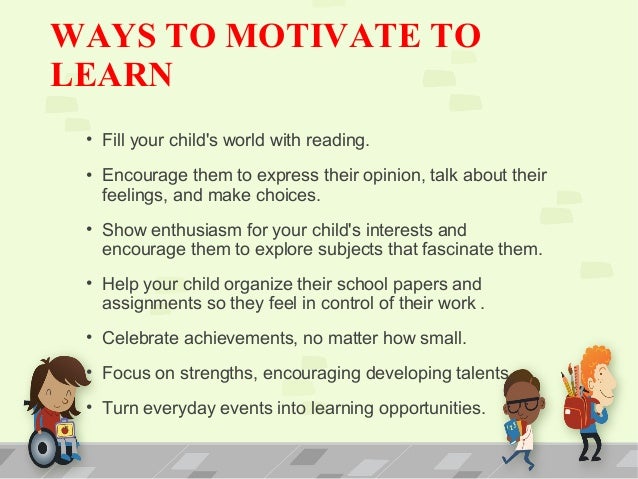 " It will be enough for students to simply depict the cat's face even with sketchy lines, paint on it tears or sausages. Gradually, the complexity of the poems can be increased and more schematic drawings can be used.
" It will be enough for students to simply depict the cat's face even with sketchy lines, paint on it tears or sausages. Gradually, the complexity of the poems can be increased and more schematic drawings can be used.
It is very important to separate verses exactly by lines, so as not to get confused when they are reproduced in words
This exercise is also called the pictogram method. With drawings, children enliven what is happening in their imagination, empathy is manifested, and the emotional component of the process allows them to better memorize the text.
2. Cicero's method
The ancient Roman orator Cicero became famous for his long speeches without a sheet and prompts and - in connection with this - an excellent memory. In his speeches, he used many names, dates and events and clearly built the structure of the speech. How did he manage to memorize such a large amount of information? His method, the "Roman room method", was to tie this or that passage of speech, event or name to the objects around him, the space or actions that he performed.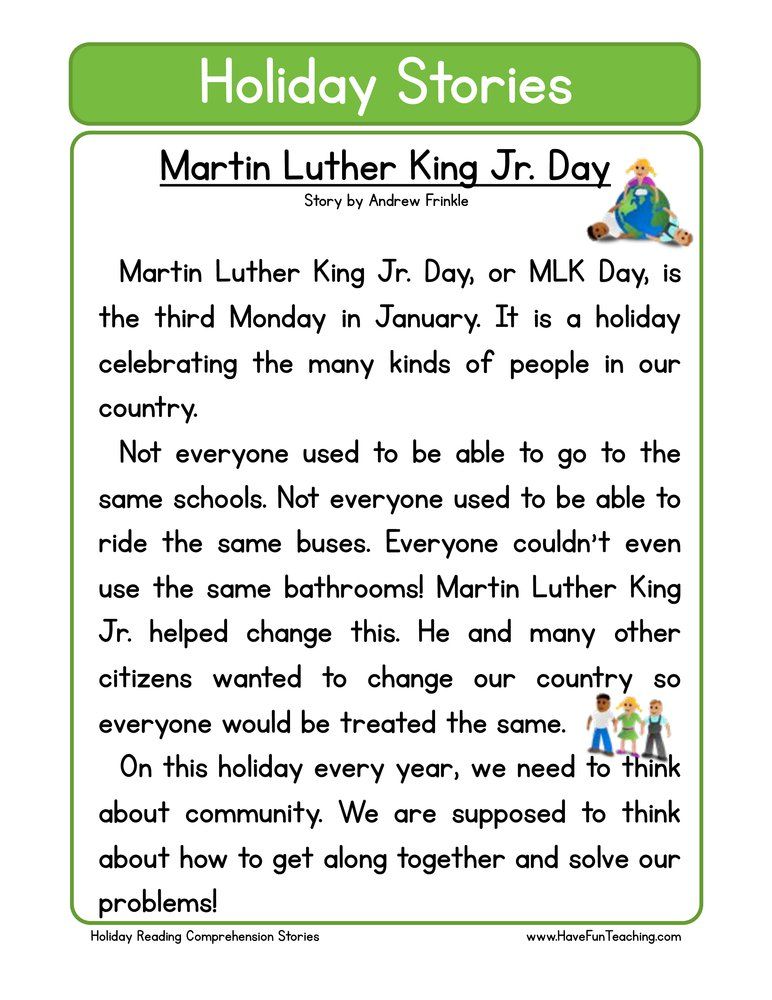
Cicero entered the room and was the first to see, for example, a picture on the wall - with it he associated what he had to say at the beginning. Then he could go to the window - it personified the next part of his speech, and so on.
The Roman Room Method can also be practiced with children. To understand whether it works, it is enough just to compare how many unrelated words the child will memorize mechanically and how many using this method. Let it be the words "cat", "watermelon", "square", "plate", "laughter", "wind" and "elephant".
After the usual memorization, ask the children to imagine, for example, that the kitten is sitting on their left shoulder, that the watermelon is on the desk in front of them, that the square is the window frame, and so on. This method can help when memorizing poems, excerpts from works, and you can practice it not only with a teacher. Parents can also connect and do this with the child at home, and then the student can use the Cicero method on their own.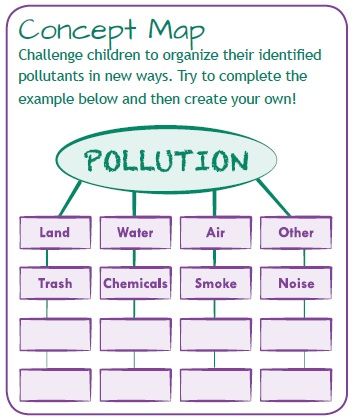
3. Make up a story based on the picture
At the very beginning of the lesson, show the children any picture. It is desirable that it has a lot of details, plants, people or objects. Give them the task of remembering the name of the painting, what is depicted on it, and the name of the artist (this, for example, could be Reshetnikov’s painting “Again Deuce”).
This exercise trains the child's long-term memory and the ability to fantasize. He can not only remember what is happening in the picture, but also come up with a whole story.
So, in the picture “Again a deuce”, the student can clearly see a boy named Vasya, who received a deuce because he played the PlayStation the day before and did not do his homework, and when he returned home, his mother cursed a lot.
The names of artists are often remembered worse, and therefore it is better to offer the child some kind of speech association.
"Reshetnikov looks through a sieve", "Shishkin collects cones", and "Aivazovsky - ah, what a fine fellow"
Overgrown with associations, the paintings will be remembered by children for a long time.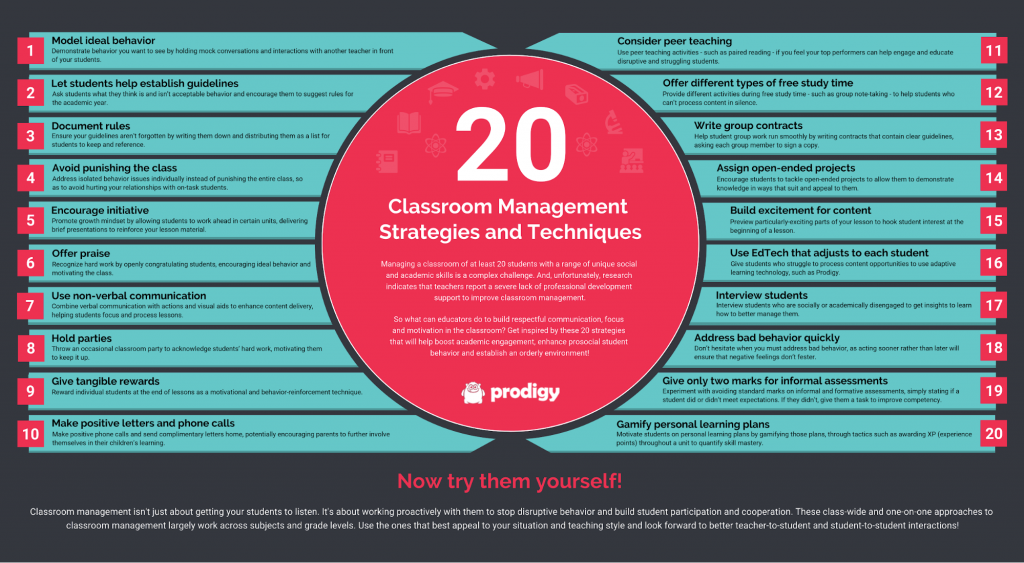 Having entered the museum, even as an adult, your student will not read the cards next to them. Because it will be great to know what is written on them anyway.
Having entered the museum, even as an adult, your student will not read the cards next to them. Because it will be great to know what is written on them anyway.
4. Tic-tac-toe with dogs, cats and giraffe
Draw on the board if it's closing, or show the children some unusual tic-tac-toe in a presentation. Instead of the usual crosses and tac toes, fill in the fields with different pictures. Let the top cells be filled with birds or cats, and the bottom ones with dogs. In one specific cage, place some other animal, unexpected, different from the rest. For example, a giraffe.
Let the children memorize the arrangement of the pictures for 5-10 seconds, then close the board or switch the presentation slide. After that, ask them to name the cage in which the giraffe was.
The exercise works on visual-visual memory, and you can use it in any lesson. If it is a botany lesson, animals can be replaced with plants. And if the exercise is performed on literature, you can put writers or heroes of their works in the cells.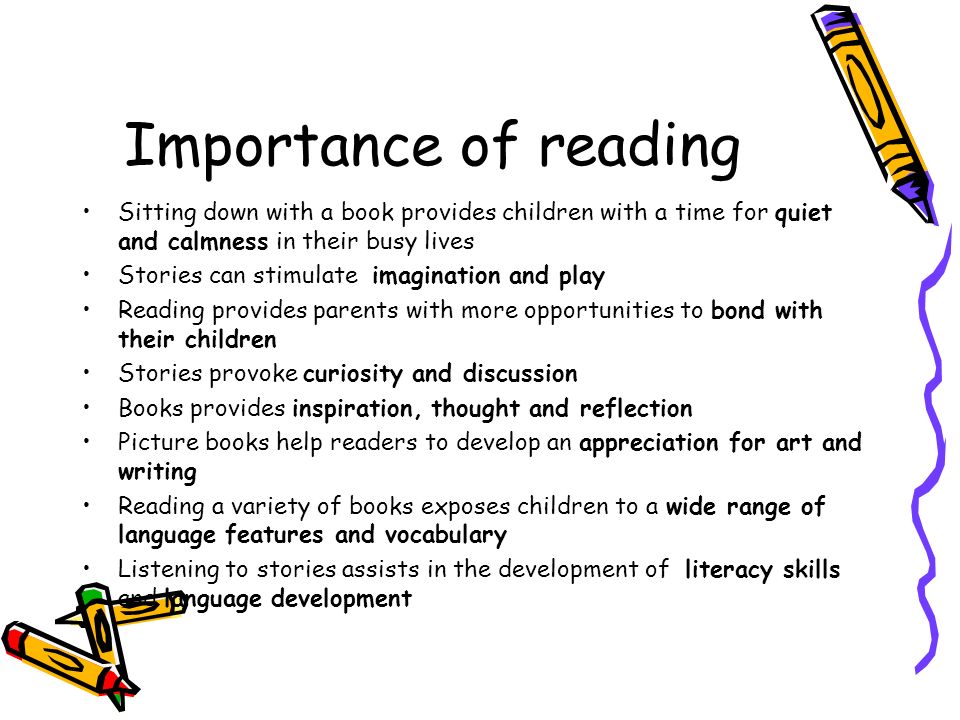
5. Brain Aerobics
Aerobics are exercises with or without music to keep the body in good shape. Neurobics is a consonant word, but these are brain exercises that allow you to develop mental abilities, improve memory and activate mental activity.
The child's brain needs exercise. Every day it is necessary to change routine and template actions for new, unusual ones or do ordinary things in an unusual way. For example, you can invite right-handed children in the lesson to write a few phrases with their left hand - and vice versa, if the student's working hand is left. Also, the child can go to school by different routes, and not the usual one, or collect textbooks in a briefcase by touch, closing his eyes. You can also dress and take a shower with your eyes closed.
Habit weakens the ability of the brain, while constant changes, new information, unusual physical actions, on the contrary, increase productivity. To make it easier for children, it is better to start introducing such exercises in the format of a game.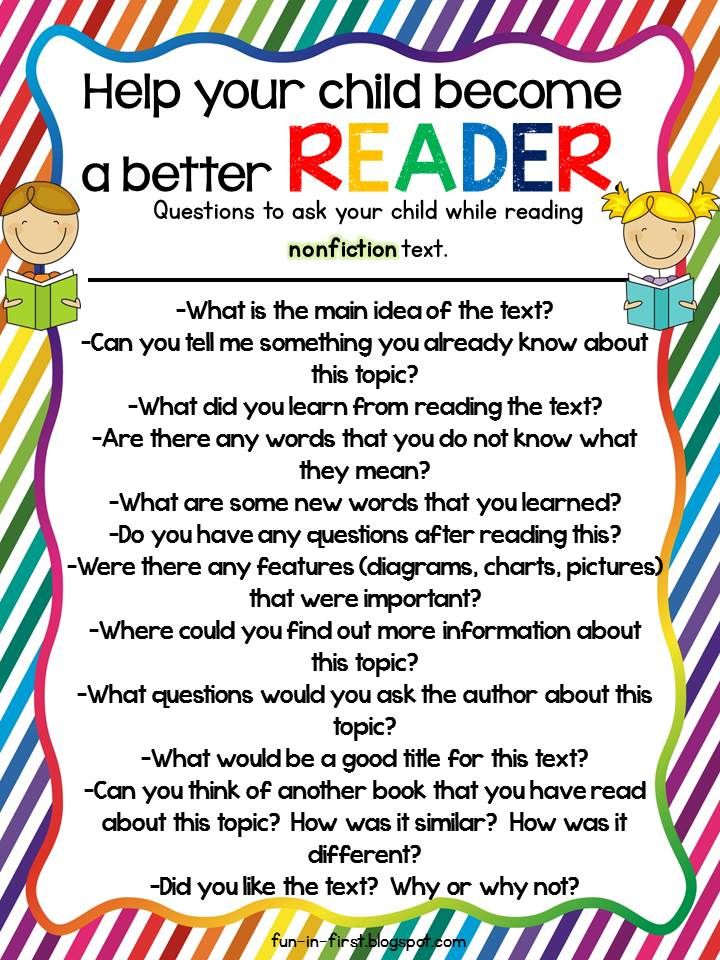
6. Coloring the Mandalas
Any coloring book is suitable for this exercise, but mandalas are the best. They help to concentrate the child's attention as much as possible, because he will be focused on not going beyond the boundaries of small elements. Such work is great for including children in the learning process, for example, after a physical education lesson or a stormy break, when the children played out and ran.
The second level of difficulty is to color the drawing with both hands at the same time
You can reinforce the coloring with melodious calm music, classical or even Indian mantra (just for coloring).
Let the student choose the colors he likes. By the way, if he preferred only black, brown or any other dark colors, this may be a sign that you should pay attention to the mental state of the child. In this case, you can talk after class on abstract topics and try to find out what is bothering him, or ask the school psychologist for help.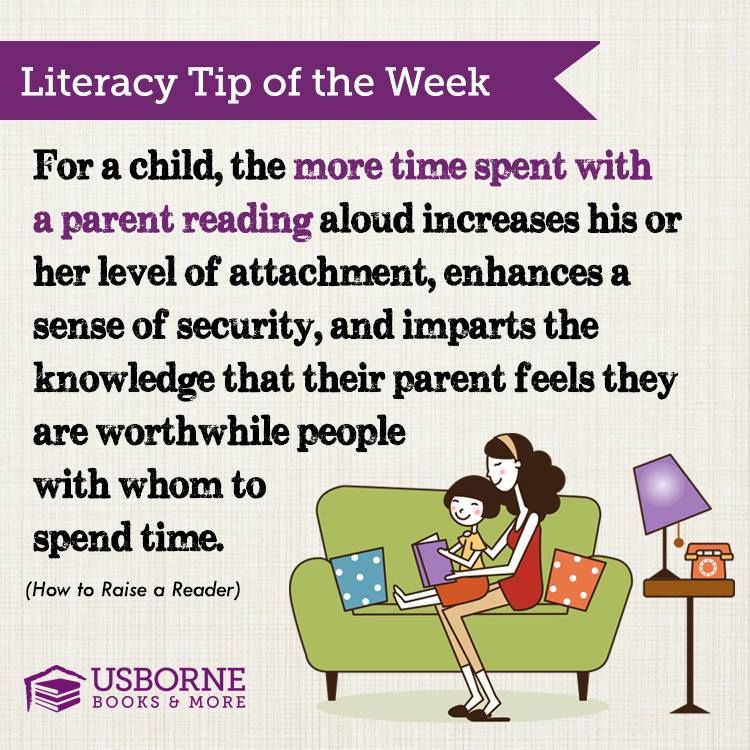
7. "First - last"
This game works on concentration and speed reading. You can play with children who already know how to read to themselves. Ask the child to read the text, but say out loud only the first and last letters of each word. Also, after reading, you can try to make a small retelling. Then the game will also work for memory.
True, not all children like to tell what they have read. They are afraid to stumble, they don’t know where to start if the passage is long. Then you need to gently and unobtrusively ask the child about the hero - what he liked, what he remembers. And start from this, ask: “And before that, what did he do?”
8. Circle left, square right
Have the children hold pencils or pens in both hands and draw a circle with one and a square with the other. To make it more interesting, you can offer to choose the colors of the pencils and any other shapes that they like. It is important to draw with both hands at the same time.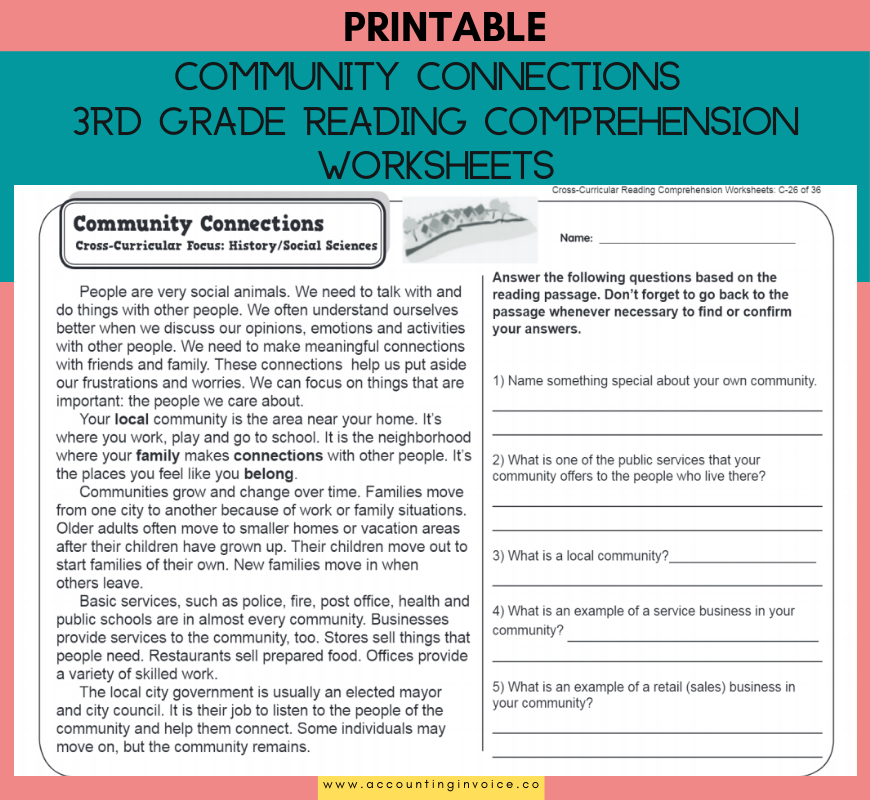 This enhances concentration, and also develops both hemispheres of the brain.
This enhances concentration, and also develops both hemispheres of the brain.
A similar exercise session can be done if the children are tired or distracted. Invite them to stroke their head in a circle with one hand, and lightly tap their stomach with their palm, and vice versa. Children are likely to perceive this as a fun exercise, and maybe even offer their own options for doing the exercise.
9. The word "red" is written in green
Prepare a list of colors in the form of a tablet, but change the color of the font. For example, make the word “yellow” red, “blue” green, and so on. At the same time, ask the children to name the color of the words, and then, on the contrary, read the words themselves. This is called the Stroop test. It trains flexibility of thinking and mindfulness.
The fact is that when looking at a word, we try to read it, and only then perceive the color of what is written
And only by concentrating and mentally discarding what is asked for first, we can name the real color depicted in the picture.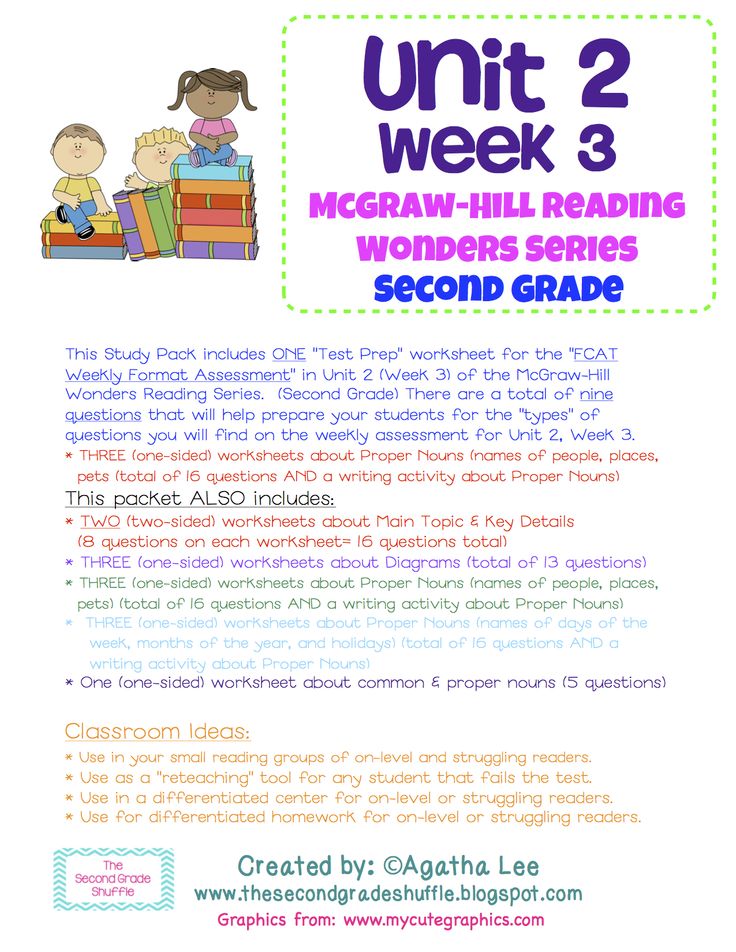 This exercise is usually easy for children who are not yet very fluent in reading, so you can start doing it with preschoolers. Adults and even the teacher himself may experience difficulties in its implementation.
This exercise is usually easy for children who are not yet very fluent in reading, so you can start doing it with preschoolers. Adults and even the teacher himself may experience difficulties in its implementation.
10. "Let's play cities" for
This activity should be done as a whole class or group. The teacher and students together count loudly to thirty. During this time, while pronouncing the score, children must write, for example, the names of cities that they know. In fact, these can be names, and even the names of events, if this is a history lesson in high school. Or the names of the composers, if this is a music lesson.
You can even arrange a small competition - "who is more." At the same time, it is important to ensure that no one in the “crowd” of votes is idle and everyone plays honestly. Doing two different things at the same time (counting and writing words on a sheet) helps to develop memory and concentrate.
11.
 Catch the Rhythm
Catch the Rhythm The "knock-rhythm" method is excellent for developing the skill of speed reading. Choose a rhythmic or melodious poem, take a pencil in your hand and ask your child to do the same. Help him feel the rhythm of the poem, read it with him and tap with a pencil or pen to show how it should be. It is better to do this exercise in pairs with a student - you and him, because when performed in groups, some children may go astray due to the rhythm of a desk mate.
Slowly practice the technique, and if the child is having difficulty, take his hand and carefully control its movement. It's not worth the haste. Gradually build up the pace. For such work, the works of Daniil Kharms are perfect, and for the very first time, you can use "Bad Advice" by Grigory Oster. This poem is not difficult and children like it. However, you can offer children different options, and then let them choose which piece to tap out today.
12. Text behind bars
“Put” any passage from a work or poem “behind bars” so that part of the word or some letters are covered.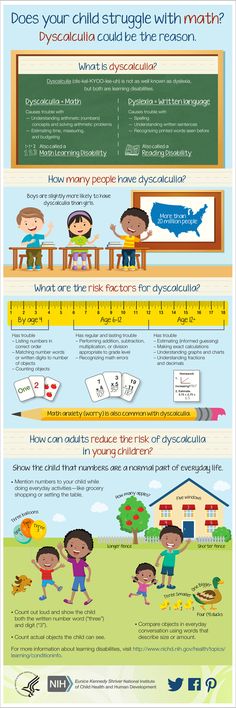 A child, reading such a text, begins to see the whole phrase and sometimes guess what words are hidden there, select them according to their meaning. True, if the child is just learning to read, this exercise will not work, as it will complicate his task.
A child, reading such a text, begins to see the whole phrase and sometimes guess what words are hidden there, select them according to their meaning. True, if the child is just learning to read, this exercise will not work, as it will complicate his task.
Mathematics problems can be "sheltered" in the same way. For example, if the task condition contains names, colors, names, then you can close them, and then the child will be able to come up with his own. So he will be even more interesting. In general, such an exercise will help expand the field of vision and prevent regression.
13. "Poles" and "Ladders"
Choose two-syllable words for this exercise. A children's poem from the primer "Mom washed the frame" is perfect. Arrange the first syllables of the chosen words with a ladder to the left, and the second - to the right. Exactly in the middle of each line, put a dot. It is at her that children should look when reading, while covering the previous step of the ladder with a ruler so as not to return to it with their eyes.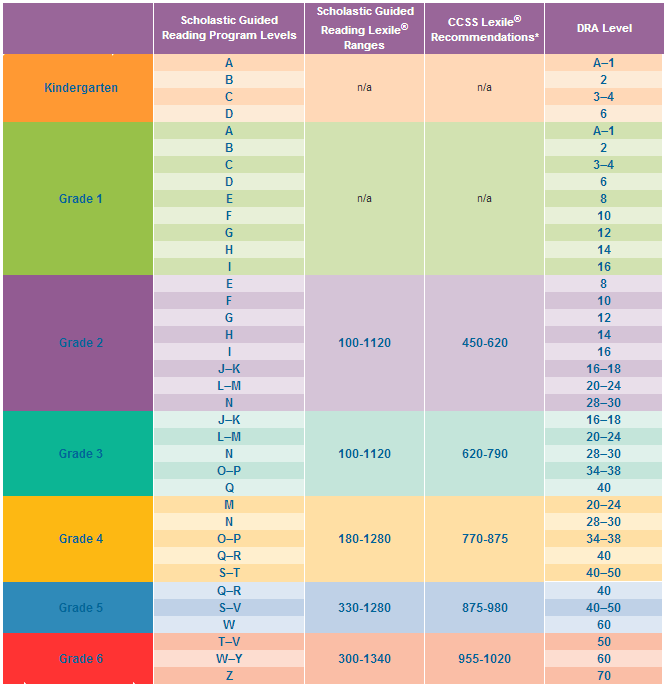
At first, a teacher or parent can help with the exercise, and then the child can already do the exercise himself. In this case, you can vary the technique of the exercise. For example, read first from top to bottom, and then from bottom to top, and so on.
By the way, such ladders and columns are already ready-made on the Internet, and you can simply download them. In the same way, you can arrange figures, numbers or whole examples in mathematics lessons.
14. Use the Schulte tables
Use the Schulte tables in the lessons - several cubes with numbers, letters or shapes in the cells, arranged in a random order. It is better to start with the simplest ones, and let there be a dot or a circle in the center to adapt to the exercise. This is necessary so that the child gets used to doing the exercise correctly, develops peripheral vision. At the same time, you need to look at the center, but see the entire grid.
Have the child see the whole picture and then look for a specific number.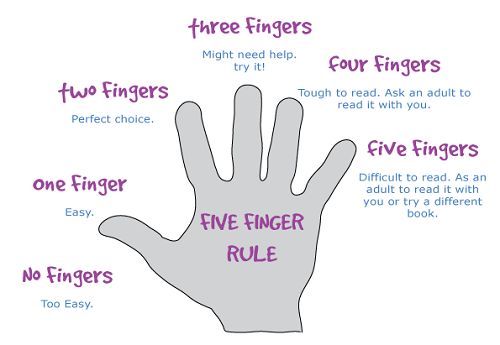 For example, six or nine. If it is difficult for a child, you should not get hung up on a certain number - ask another, and then return to the previous one. Such an exercise improves the quality of introductory and semantic reading, and also helps to concentrate. So you can do it for different purposes and at different lessons. For example, in a math lesson, this will help you learn numbers faster, and in a Russian language lesson or in preschool classes, it will help you learn the alphabet.
For example, six or nine. If it is difficult for a child, you should not get hung up on a certain number - ask another, and then return to the previous one. Such an exercise improves the quality of introductory and semantic reading, and also helps to concentrate. So you can do it for different purposes and at different lessons. For example, in a math lesson, this will help you learn numbers faster, and in a Russian language lesson or in preschool classes, it will help you learn the alphabet.
15. Online simulators to help
Everything needs an integrated approach. Some exercises similar to tic-tac-toe or Schulte tables can be found both on online resources and in regular Internet games. It is not only possible, but also necessary, to combine interactive games and conventional offline methods.
“A city that studies. Digital Education is an experimental project of the Foundation for Support of Innovations and Youth Initiatives of St. Petersburg, which helps educational organizations, teachers, schoolchildren and their parents master distance learning technologies.

